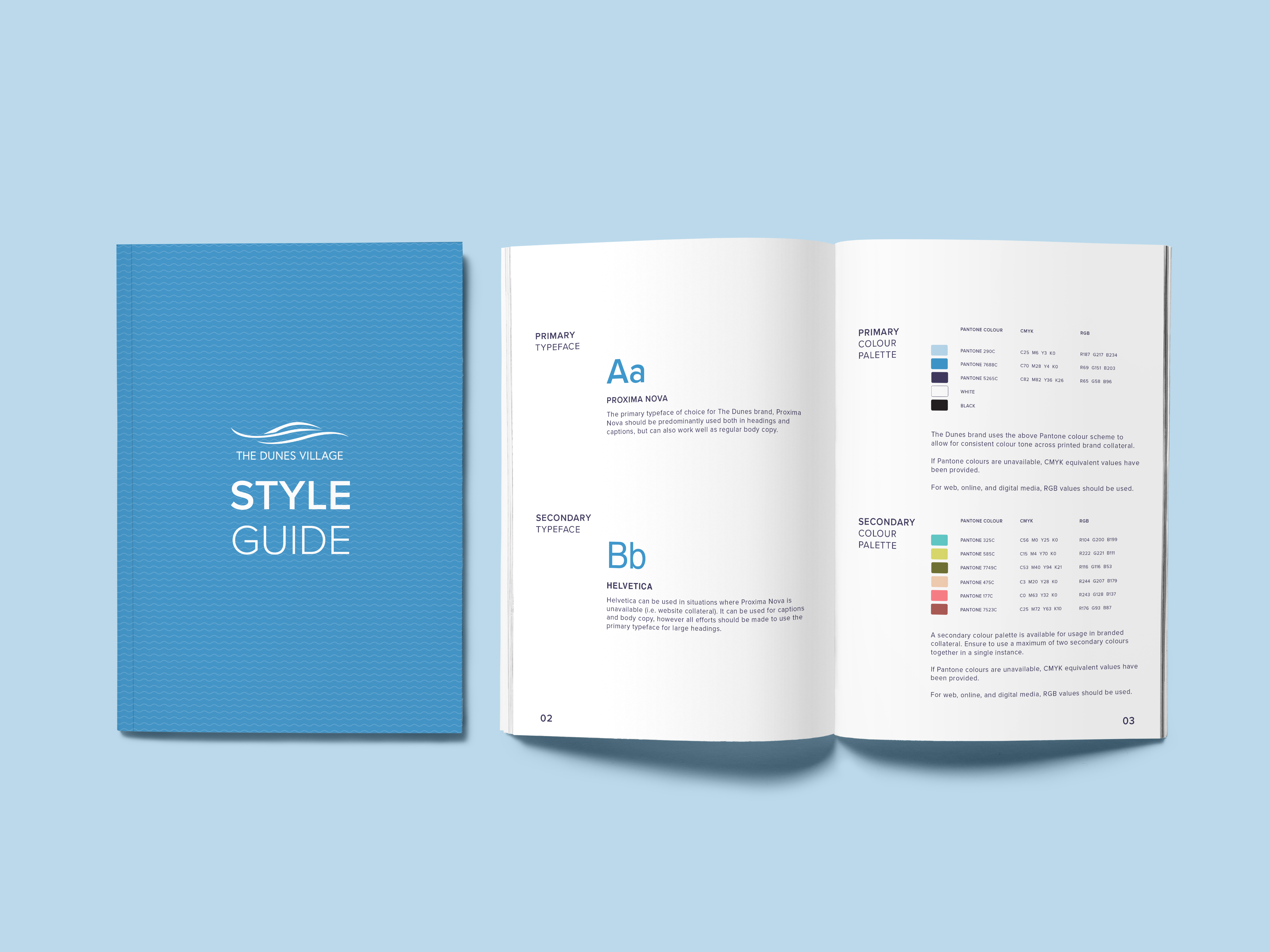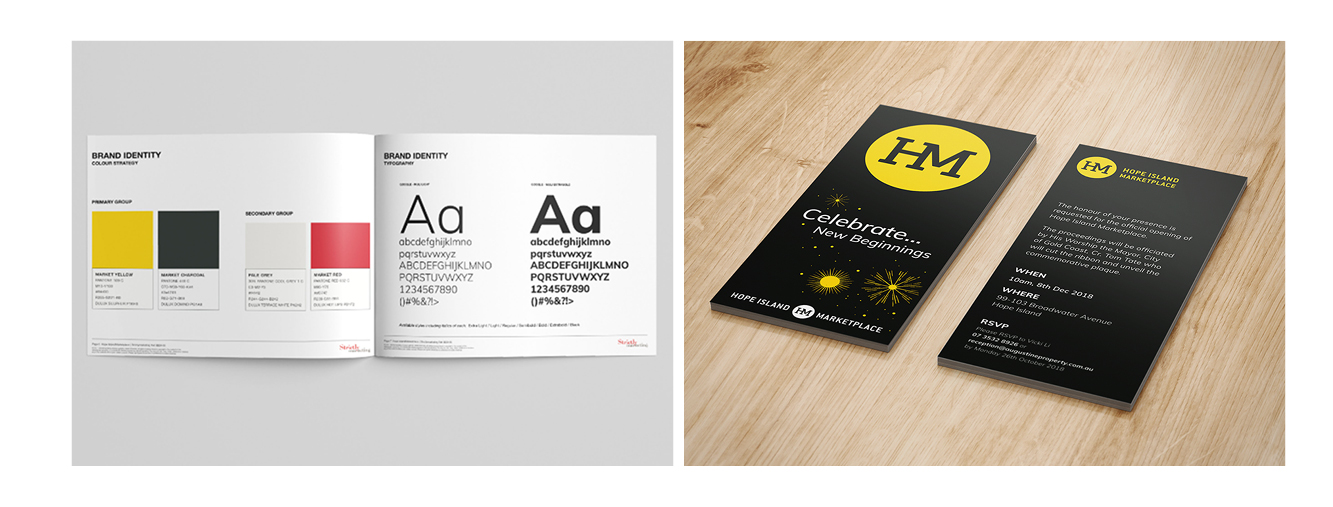
The need for style guides
There is simply no way to overstate the value of consistency in the branding and marketing of your business – afterall, your branding is what sets you apart from your competitors and if it changes more from a lack attention detail than anything else, you run the risk of chipping away at consumer confidence.
Imagine if one of the major supermarkets had a different colour or style of logo on its weekly specials brochures compared to its website; and then something different again on its social media.
The only truly successful example of inconsistency in branding is Google’s homepage which changes frequently to support causes or to commemorate major historical events, and this has been adopted into its marketing strategy.
However, if your business is not Google, your branding really needs to be consistent and this is best achieved through the development and use of a Style Guide.
A style guide is a document which outlines the overall design, layout, writing style, and general look and feel of a company. It outlines all aspects of visual and language elements, from written tone, colour, layout, typography, photography, mock up examples and more.
Style guides are an extremely useful design and marketing tool for any brand, and an absolute must for all brands big and small.

Style guides may seem like an excessive document to have, especially considering how variable their size and complexity can be. For some, establishing a brand’s overall identity starts and ends with the logo – every other design consideration will simply fall into place based off of that.
The more developed and thought out the brand is from the get go, the less risk of inconsistent and discordant brand representation over time.
The creation of style guides is not limited to new start up brands – even established brands can benefit from creating or updating a guide.
Over time, a brand with no creative direction can be a subtle liability in the long term.
Inconsistencies become more obvious without a strong visual and tonal building block to work off, and it becomes unnecessarily difficult for designers and marketers unfamiliar with the brand to work efficiently.
Customer perception is also an important factor, as poorly communicated brands can come across as unprofessional and disorganised if there’s no clarity of style or language.

Guidelines can be as extensive or simple as required. Not every brand will require the extensive detailed documentation frequently found with large household names – simply outlining the basic overall colours and typography can be enough of a reference point to work off for smaller budgets.
Regardless of the size, the more succinctly and clearly communicated guideline is preferred for efficient day to day working than an overly complicated, imposing document that is arduous to navigate.
The way a brand is communicated can sometimes be an ongoing process, and it’s unlikely that every element of the guide will remain relevant over time, but it’s important to have a strong foundation to ensure the key elements of the brand remain consistent over time.
If you would like to know more about how to develop a Style Guide for your business’s branding, get in touch with Strictlymarketing’s Managing Director, Bev Strickland, on 0417 761 966 or email bstrickland@strictlymarketing.com.au